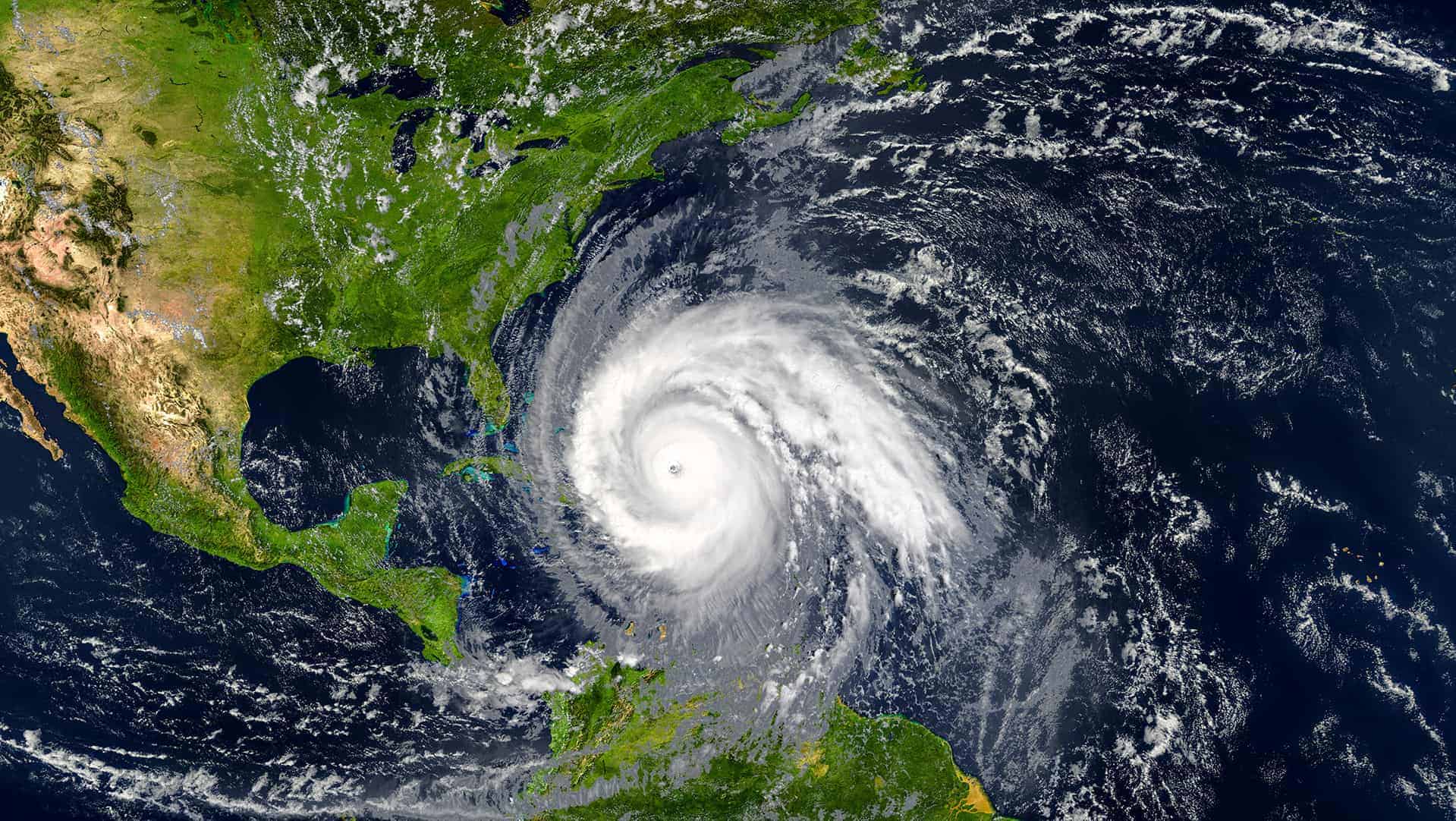
Remaining Efficient During Disasters
The frantic 2017 and 2018 severe weather seasons showed the truly devastating nature of these crisis events, with damages to consumers and businesses reaching nearly $400B. While predictions suggest a quieter 2019, we only need to look at Hurricane Michael to understand how these predictions can radically change and impact your customers overnight.
So as we embark on the 2019 severe weather season, it’s time to ask yourself: how prepared is your business?
For many contact operations professionals, discovering disastrous situations is a full-time job. But inefficient, manual processes often lead to missed data, mistakes and suboptimal use of resources. Thus, contact operators are challenged with remaining efficient while staying ahead of highly unpredictable natural and man-made disasters. If companies fail to alter their disaster contact strategies, they expose themselves to risks and negative brand perceptions and potentially reduce their call opportunities, lower their financial performance and damage their overall position with lender partners.
So how can contact professionals succeed? The trick is finding a more precise, accurate and automated way of aggregating disaster data from multiple trusted sources. Armed with this precision data, contact operators have the ability to efficiently deploy alternative business strategies at a moment’s notice without having to rely on the delays from manually-driven processes.
Introducing the Disaster Decision Engine
ContactRelief’s cloud-based Disaster Decision Engine is changing the way that the industry discovers crisis events and responds in near real-time to its customers. The company, provides 24/7 disaster monitoring and contact recommendations, using numerous trusted disaster sources – including FEMA and NOAA – to provide actionable insights that allow businesses to decide how to interact with their customers.
ContactRelief’s customizable, rules-driven decision engine provides real-time updates to FEMA declared disaster areas and ensures users receive localized contact strategy recommendations that allow them to easily decide how to interact with their customers and direct the action across their ecosystem. For example, during the recent Midwestern flooding, ContactRelief customers received recommendations covering over 170 individual zip codes which were categorized by the severity of the damage. With this information at their disposal, they were able to quickly identify their affected populations and make organizational-wide call suspension decisions with a single click of a button. These recommendations not only ensured their ongoing efficiencies, but also removed the need to devote manpower to disaster monitoring.
How Prepared are You for 2019
As we rapidly approach the June 1st commencement of severe weather season, now is the right time to take a strong look at your current crisis management strategies and ask yourself how effective you would be if tomorrow started off with an unexpected disaster. If you’re like the many who would be manually sifting through websites and listening to your clients scrambling for answers, it is time to look at technology and rethink your approach.
If you haven’t already, I encourage you to explore ContactRelief and contact them to arrange your free, customized one-hour readiness assessment and demonstration of the Disaster Decision Engine.
About ContactRelief
With ContactRelief, our cloud-based platform modernizes your disaster operational strategies, ensuring you maintain efficiencies while protecting your brand, no matter the disaster. Through timely, comprehensive recommendations that are accurate to the ZIP Code, ContactRelief’s automated Disaster Decision Engine provides precise, actionable intelligence that lets you discover what’s affecting your customers, decide the appropriate response, and instantly direct contact suspension and resumption where necessary across your whole contact ecosystem.
This article courtesy of ContactRelief.




